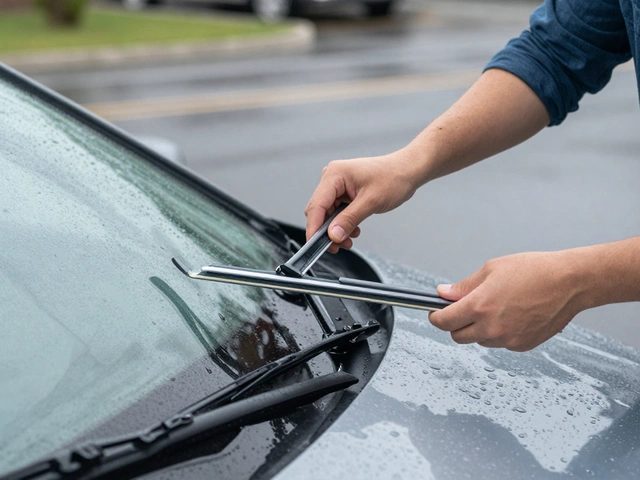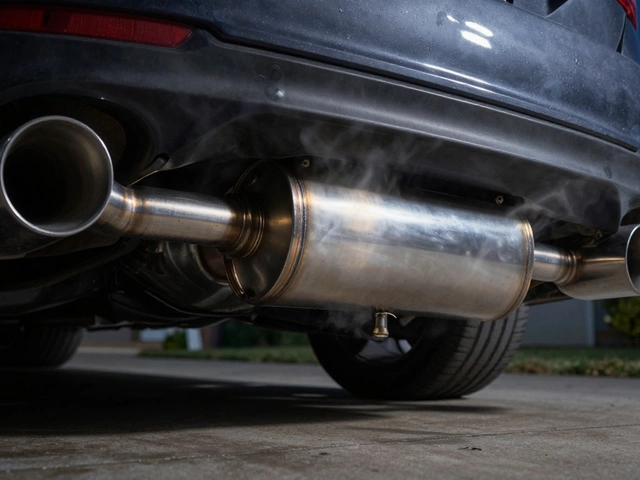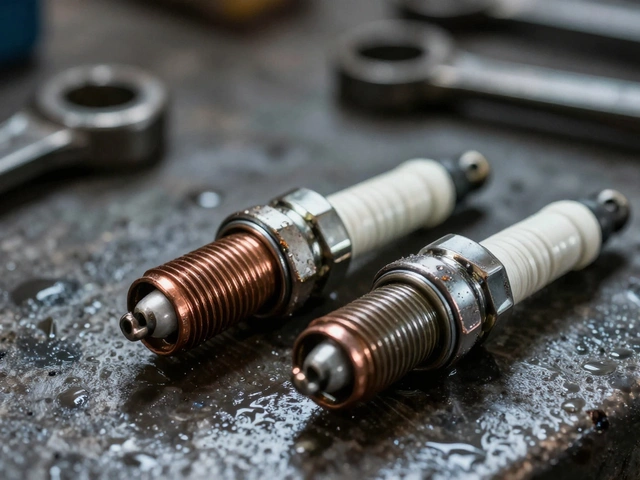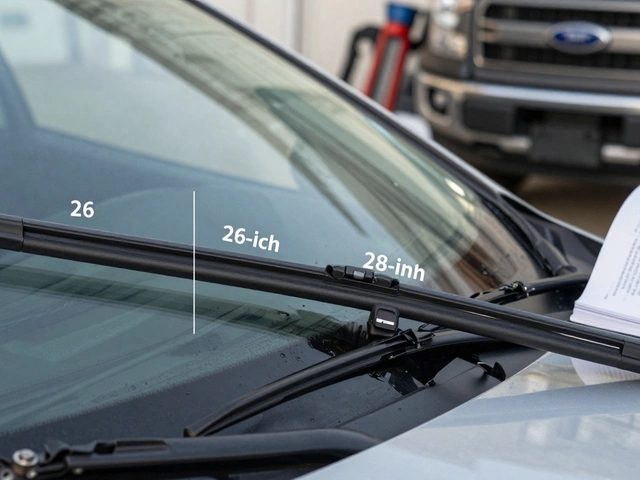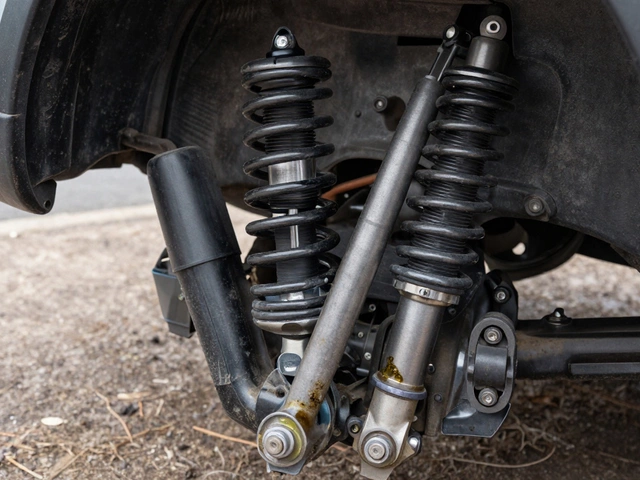Replacement Parts for Your Car: What You Need to Know
When your car starts acting up, it’s rarely a mystery—something’s worn out and needs replacement, the act of swapping out a worn or broken part with a new one to restore function and safety. Also known as swap-out, it’s one of the most common things you’ll do to keep your car running, safe, and reliable. Whether it’s a tired brake rotor, a failing fuel pump, or worn-out shocks, ignoring replacement doesn’t save money—it just makes the problem worse and more expensive later.
Most drivers don’t realize how many parts in their car have a limited lifespan. brake rotor replacement, the process of swapping worn brake discs to ensure stopping power and prevent damage to pads isn’t just about noise—it’s about safety. If your rotors are too thin or warped, your brakes won’t work properly, even with new pads. Then there’s fuel pump replacement, the fix for a pump that’s lost pressure and can’t deliver fuel to the engine. A bad fuel pump won’t always throw a code, but your car will sputter, stall, or refuse to start. And when your radiator replacement, the solution to a cooling system that’s leaking, clogged, or overheating becomes necessary, you’re not just fixing a tank—you’re preventing engine seizure. Even something as simple as shock absorbers replacement, restoring ride control and tire contact after the shocks lose their damping ability affects how your car handles, how fast you stop, and how much wear your tires take.
These aren’t random fixes—they’re part of a pattern. The parts that need replacement most often are the ones under stress: heat, vibration, friction, pressure. That’s why brake components, suspension parts, and fuel system elements show up again and again in repair guides. You don’t need to guess when it’s time. There are clear signs: a spongy brake pedal, a rattling ride, a check engine light with no obvious cause, or coolant pooling under your car. Knowing what to look for saves you from being overcharged or being stranded.
Replacement isn’t about fear—it’s about control. The right part, installed at the right time, keeps your car predictable. It stops small issues from becoming big ones. And in a place like Stevenage, where weather and roads can be tough on vehicles, staying ahead of wear isn’t a luxury—it’s a habit. Below, you’ll find real, practical guides from drivers who’ve been there: how to spot a failing fuel pump before it leaves you on the side of the road, whether you can skip rotor replacement when changing pads, and why waiting too long on shocks makes your tires wear out twice as fast. These aren’t theory pieces. They’re checklists, cost breakdowns, and step-by-step signs you can use today to make smarter calls about your car’s next replacement.

